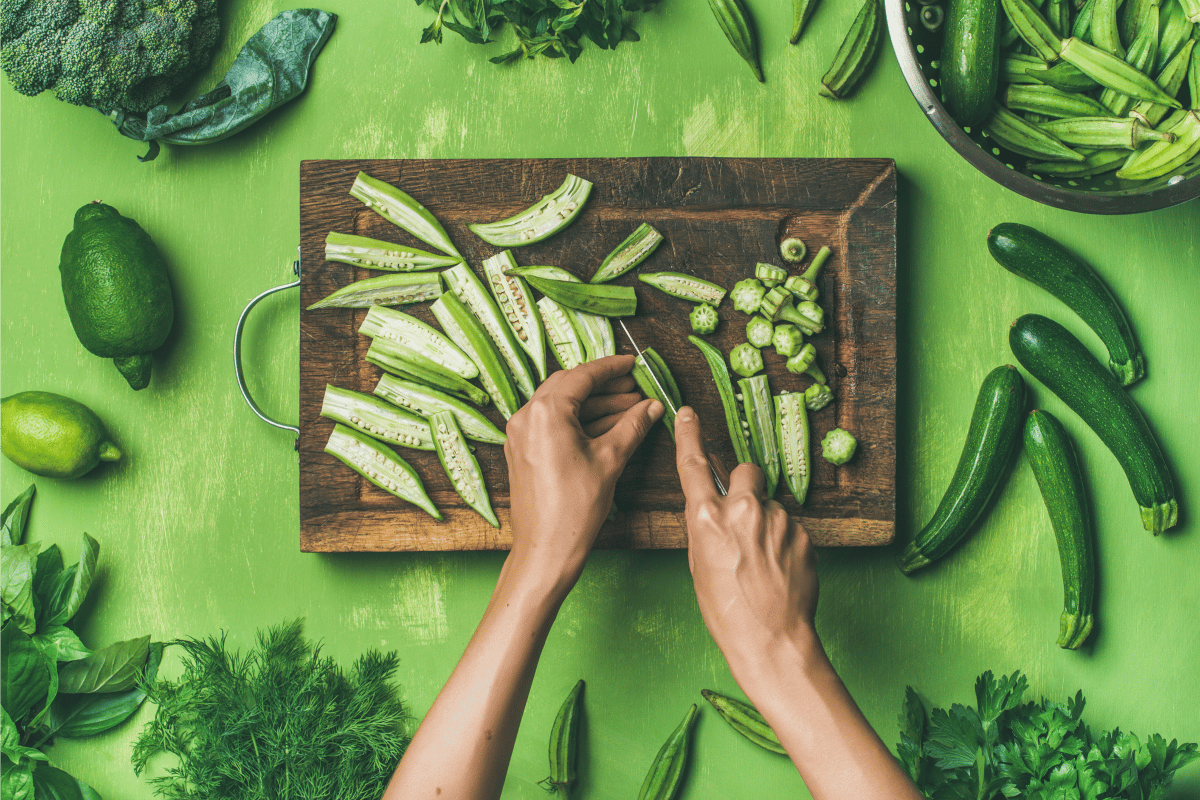
Iron is an essential nutrient that we all need in our diets.
From playing a role in red blood cells by transporting oxygen around the body to providing much-needed energy for daily activity, iron plays an important role in a number of bodily functions.
But while our need for iron is undeniably high, according to the World Health Organisation, iron deficiency is a global health problem of “epidemic proportions”.
In fact, iron deficiency is the most prevalent nutrient deficiency worldwide.
With a lack of iron known to lead to fatigue, headaches and even shortness of breath, it’s important to look at incorporating more iron rich foods into our diet.
To learn more about the importance of iron and how to up our daily intake of iron rich foods, we spoke to nutritionist and chef Zoe Bingley-Pullin.
Here’s what she had to say.
What is iron and why is it important?
Iron is an important mineral that’s required in our bodies to assist the proper function of hemoglobin.
Put simply, hemoglobin is a protein needed to transport oxygen in the blood.
Besides assisting in the transportation of oxygen around the body, iron also has an essential role in DNA synthesis, the production of energy and breathing.
“Iron is involved in the synthesis of neurotransmitters, immune function and skin and nail formation,” Zoe told Mamamia.


